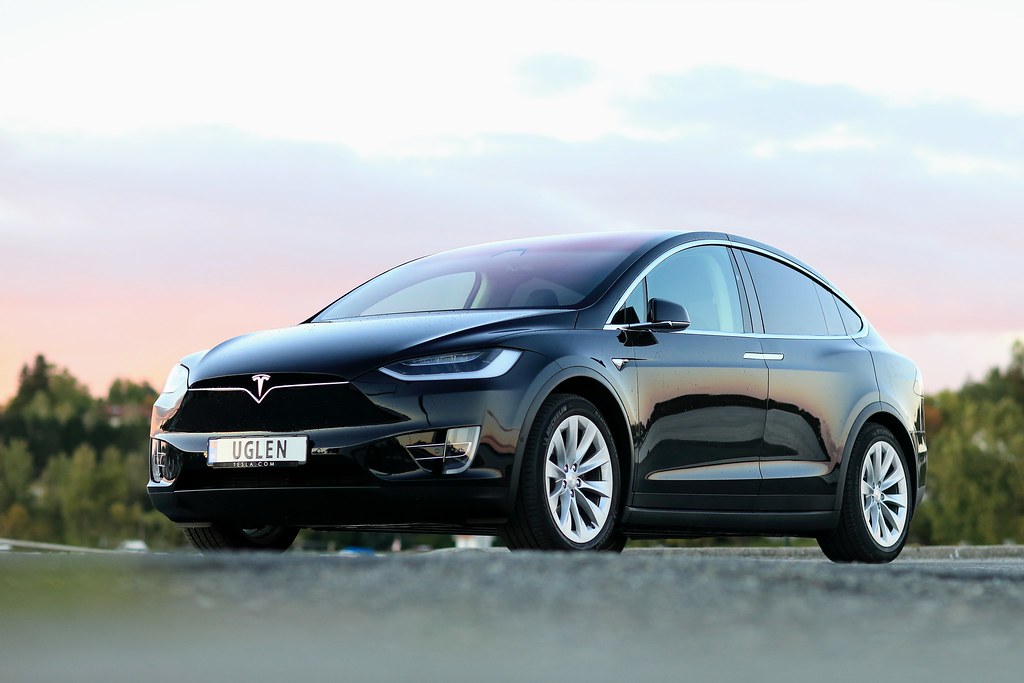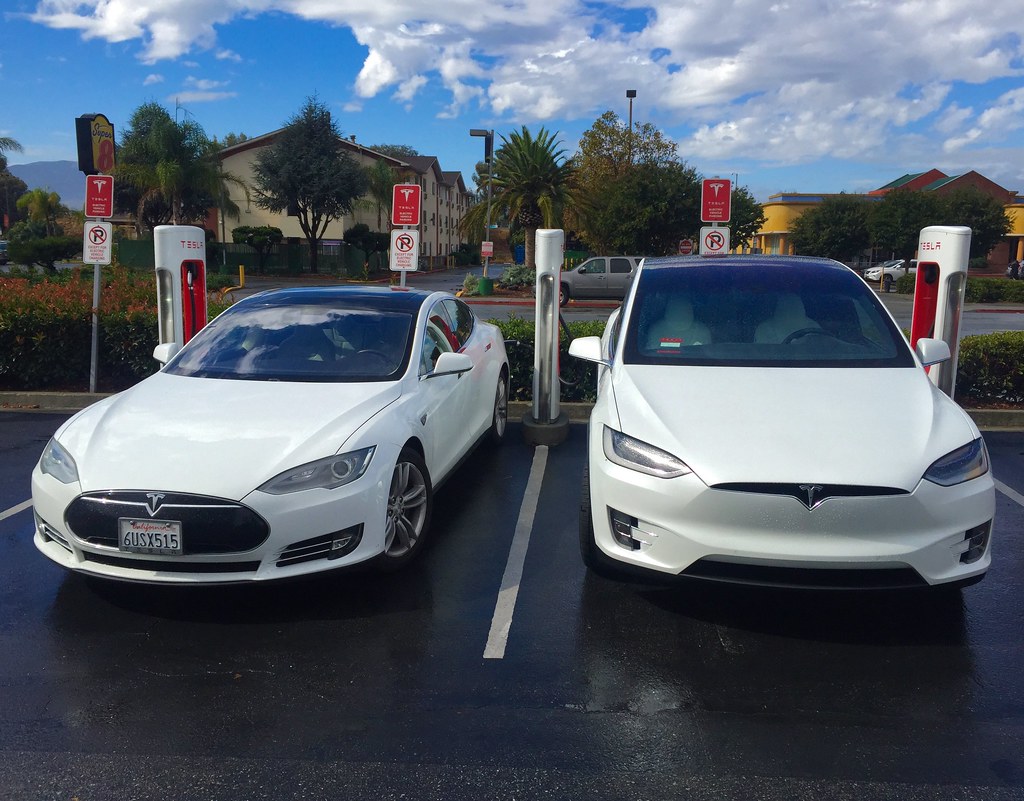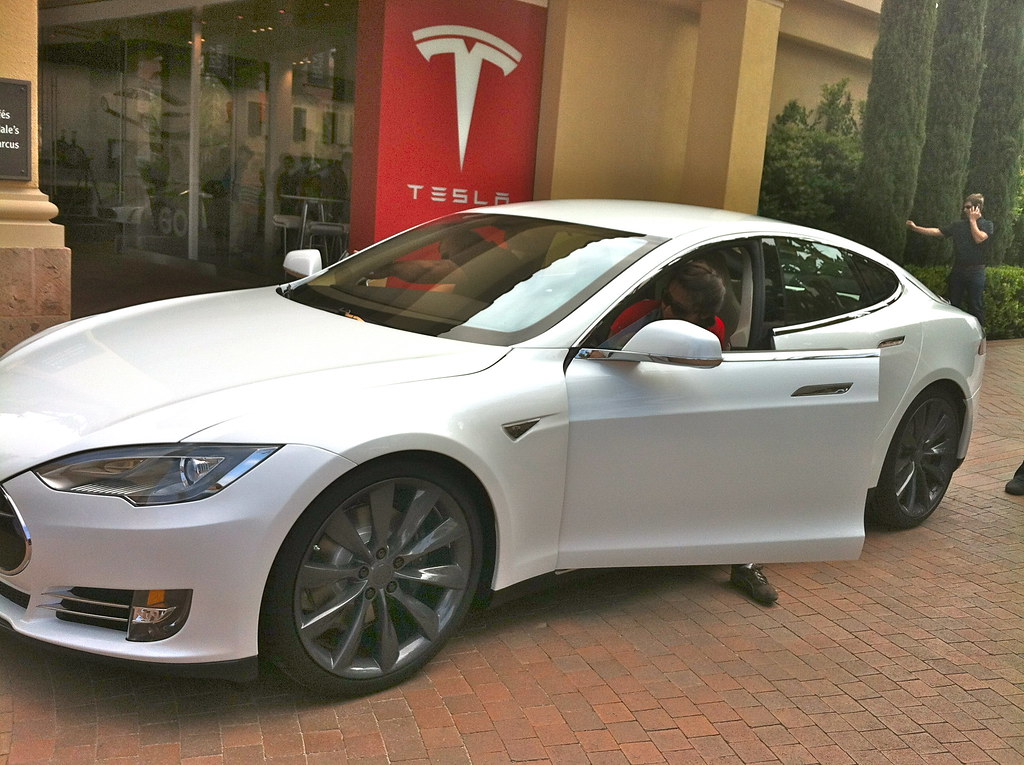
Photo by Pål-Kristian Hamre licensed under CC BY-SA 2.0. Rechargd.com is reader supported. We may collect a share of sales or other compensation from the links on this page. As an Amazon Associate, we earn from qualifying purchases.
Whether you are going away on holiday and are leaving your car at the airport or are leaving your car unplugged for a night, it is important to consider how much charge may be lost. To avoid being caught unawares, it is important to consider how much charge is normal for a Tesla Model 3 to lose when parked and what factors affect it.
According to Tesla, car owners can expect their vehicles to consume approximately 1% of the charge a day while parked. However, this is just approximate and it is recommended to deactivate features like preconditioning, Sentry Mode, Keep Climate On, and any aftermarket equipment when needed to avoid higher consumption. Typically when it’s colder outside the battery drains faster.
Read on to find out the key reasons your Tesla is draining battery.
What Is Vampire Drain And How Much Charge Can I Expect To Lose?

The majority of the time, the loss of charge, or vampire drain as it is also known, would be nominal. However, if you are leaving your car parked for longer without charging it then it may be more noticeable. Obviously, if you are leaving it for a long period of time then you might find that the charge has gone down substantially.
It is generally recommended that if you know you are leaving your car for a long time, to leave at least 80% battery charge. Tesla car owners must also bear in mind how much charge they will need to get to the nearest supercharger station.
Some Model X and S vehicles have energy-saving mode, a feature that aims to reduce the consumption of energy while the car is parked for extended periods of time, therefore, reducing the vampire drain. However, this feature is not available for Tesla Model 3. It is not in the newer Model X and S vehicles either but they are pre-set to maximize energy savings.
What Affects How Much Charge Is Lost?
Vampire drain happens due to the systems and functions that still run even when the vehicle is parked. It is not just Tesla vehicles and generally is going to occur in all Electric Vehicles. While leaving on features like Sentry Mode and pre-conditioning can have an impact on how much charge is lost external factors such as weather can also affect things.
One Tesla vehicle owner left his vehicle out overnight at -9°C (16°F) which the temperature expected to drop to -18°C (0°F) during the night. Sentry mode was activated but other than that, as many features as possible were not active throughout the night. The results of the experiment found that after 15 hours of being parked the vehicle had lost 9% of its charge.
FAQ
How long can I keep my Tesla Model 3 parked?
Tesla Model 3 vehicles can expect to lose about 1% of their charge a day while parked but conditions can vary. Tesla recommends keeping the vehicle plugged in, if possible. If not, then Tesla recommends having at least 80% charge if you know you will be away for an extended period of time. As a guide, a 50% charge should be enough for a three-week period.
What factors affect how much charge is lost?
Features that are still active even when parked are going to contribute to loss of charge. This includes pre-conditioning, Sentry Mode, Keep Climate On, and any third-party mobile applications. Weather also contributes to the vampire drain.
What can I do to minimize the vampire drain?
Turning off all features that you do not need can help to minimize loss of charge. If possible, parking the vehicle inside a garage if the temperature outside is cold may also help.
What can I do if I am going away for an extended period of time?
If you do have to leave your car for an extended period of time, it is important to make sure it has enough charge. If you are leaving your vehicle at an airport, consider using a valet service that will charge your vehicle for you. Remember to turn off Sentry Mode, preconditioning, and any aftermarket equipment. If your vehicle has Energy-Saving mode, then ensure it is switched on. Avoid touching the app, too.
What are the risks if I drain my battery?

Discharging the battery to 0% could permanently damage the battery. It is best to follow the recommendations and precautions to ensure you don’t run the battery right down. Try to plan ahead if you know you will be going away for an extended period of time.
While a variety of factors affect how much charge is lost when Tesla Model 3 vehicles are parked, it is generally around 1% per day. It is important to check all unnecessary features such as preconditioning and Sentry mode are turned off. Factors such as weather do have an impact on how much charge the vehicle can lose. One of the best recommendations is to plan ahead and ensure you have enough charge to not drain the battery completely and can safely get to the next Supercharger station. Or of course, find a place to plug it in!
P.S Tesla also notes that aftermarket equipment connected to the 12V system and third-party mobile applications that collect data about the car can decrease range while parked.
